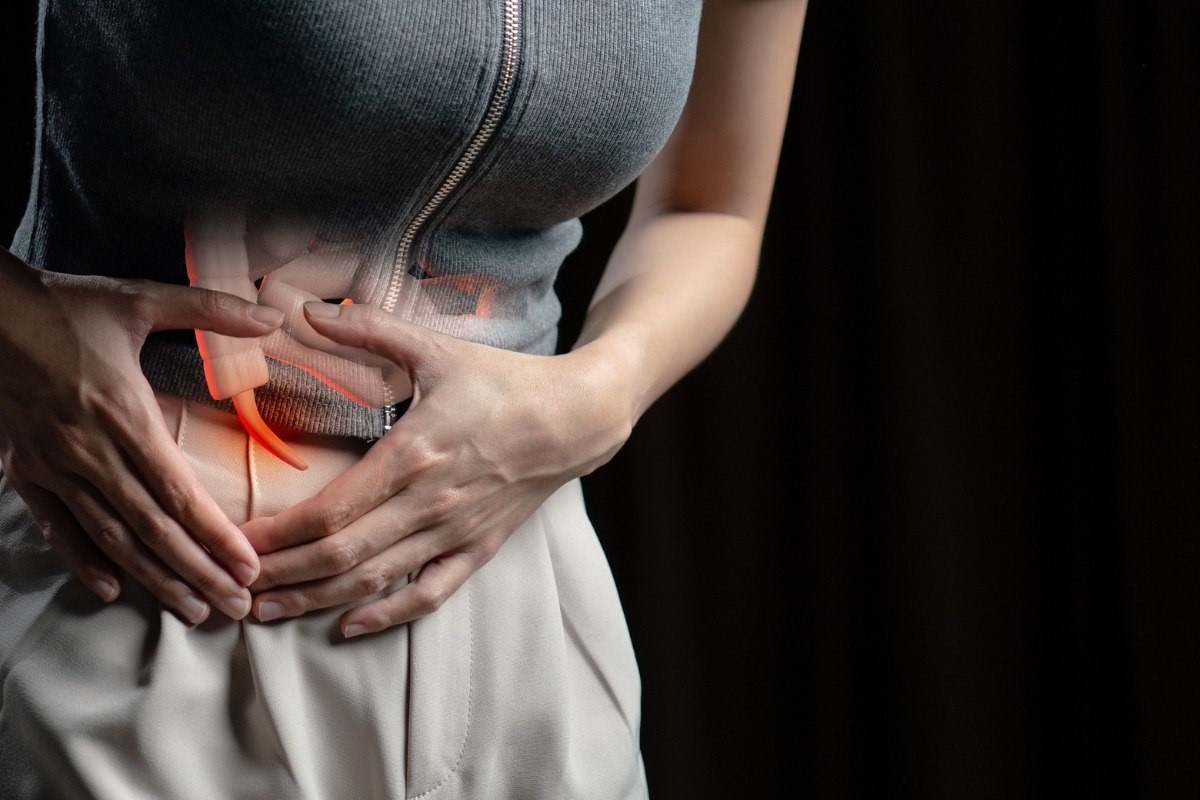
Appendicitis: causes, symptoms and treatment
Appendicitis is an inflammation of the appendix, a thin tubule that starts in the cecum and is located in the right lower quadrant of the abdomen
The appendix is part of the immune system and plays an important protective function during the first year of life but then becomes a “target organ” for infection.
Appendiceal infection can occur in acute or chronic form:
- acute appendicitis occurs mainly between the ages of 6 and 20, although it can occur at any age. It occurs when the appendix is filled with a foreign body that causes it to swell (such as mucus, feces, or parasites) and causes virulent multiplication of intestinal bacterial flora.
- chronic appendicitis is chronic inflammation of the appendix that occurs most often as a result of acute appendicitis that has not been diagnosed or undergone surgery. It manifests with pain, poor appetite, nausea, and in women-because of the extensive lymphatic connections between the internal genitalia and appendix-it is often associated with gynecological problems.
Causes of appendicitis
Within the appendix is the intestinal bacterial flora: bacteria Escherichia coli, Streptococci and Staphylococci, which are normally harmless, under particular conditions can multiply abnormally and cause inflammation of the organ.
The triggering condition usually is an occlusion of the lumen of the appendix that causes the bacteria to stagnate and cause infection.
Occlusion can have various causes: clotted mucus, stones, parasites, an abnormal position of the appendix caused by its excessive length.
Other triggering conditions include ingestion of very fatty or dye-rich foods and, especially, tobacco smoking.
Signs and symptoms of appendicitis
Appendicitis manifests itself, in typical cases, with severe and sudden abdominal pain, accompanied by twinges.
The painful area varies, extending to the entire abdomen or from the navel down, localizing mainly in the lower right side.
In rarer cases it may affect the thigh.
The pain may worsen with movement, deep breaths, palpation, coughing or sneezing.
Other symptoms are nausea, vomiting, fever, constipation, or diarrhea.
In a fair percentage of cases, symptomatology may be blurred or present with nontypical symptoms and signs, especially in adulthood, sometimes making diagnosis difficult.
Diagnosis of appendicitis
Diagnosis of appendicitis is made mainly on the basis of clinical examination but some blood tests (value of white blood cells, sedimentation rate – ESR, C-reactive protein), ultrasonography, and, in selected cases, CT scan that may possibly help to distinguish a pain of appendicular origin from a pain that has other causes, or highlight the presence of abscesses or pathology starting in other organs.
Complications of appendicitis
The inflamed appendix may rupture or perforate, causing contamination of the abdominal cavity by infected material and subsequent production of pus: we speak in these cases of peritonitis.
Evolution to appendicular abscess is also possible.
Therapy of appendicitis
The therapy of appendicitis consists of surgical removal of the appendix (appendectomy).
Medical treatment alone (‘cooling’ the appendicitis with antibiotics and ice pack) exposes the risk of relapse, in an often even more virulent form, and chronicity.
Surgery is performed under general anesthesia and can be done through an incision of a few centimeters, or laparoscopically, that is, usually with three accesses of about 1 cm each.
In special cases it may be necessary to make somewhat larger incisions
The laparoscopic technique is indicated mainly in women, especially when there is uncertainty about the diagnosis of diseases of the genital area and in obese patients, in whom the surgical incision should be larger in size.
In other cases, however, laparoscopy finds indication because of the advantages it can provide, which are all the more evident the greater the degree of inflammation of the appendix.
It is now apparent that the rate of wound infections, postoperative adhesions, and hernias on incision (laparoceles) are significantly lower.
If the cause of symptoms, moreover, were other than inflammation of the appendix, laparoscopy offers the advantage of diagnosis and eventual treatment through the same incisions, making it unnecessary to widen any abdominal incision.
However, there is no definite evidence in the medical literature of significant advantages over traditional incision in terms of postoperative pain, length of hospital stay, and resumption of usual physical activities.
If the appendix has ruptured, causing peritonitis, emergency surgery is required, at the end of which a drain is generally left, inserting a small tube into the abdominal cavity to allow the pus to be eliminated externally; the draining tube is removed after a few days, when there is no longer any danger of abdominal infection.
Read Also:
Emergency Live Even More…Live: Download The New Free App Of Your Newspaper For IOS And Android
Biliary Colic: How To Recognise And Treat It
What’s Causing Your Abdominal Pain And How To Treat It
Appendicitis: What Causes It And How To Deal With It
Bowel Disorders, Ultrasound Of The Intestinal Loops For Diagnosis
Peptic Ulcer, Often Caused By Helicobacter Pylori
Peptic Ulcer: The Differences Between Gastric Ulcer And Duodenal Ulcer
Wales’ Bowel Surgery Death Rate ‘Higher Than Expected’
Irritable Bowel Syndrome (IBS): A Benign Condition To Keep Under Control
Ulcerative Colitis: Is There A Cure?
Colitis And Irritable Bowel Syndrome: What Is The Difference And How To Distinguish Between Them?
Irritable Bowel Syndrome: The Symptoms It Can Manifest Itself With
Can Stress Cause A Peptic Ulcer?
What Are The Differences Between Diverticulitis And Diverticulosis?
Irritable Bowel Syndrome (IBS): A Benign Condition To Keep Under Control
Gastroesophageal Reflux: Causes, Symptoms, Tests For Diagnosis And Treatment


